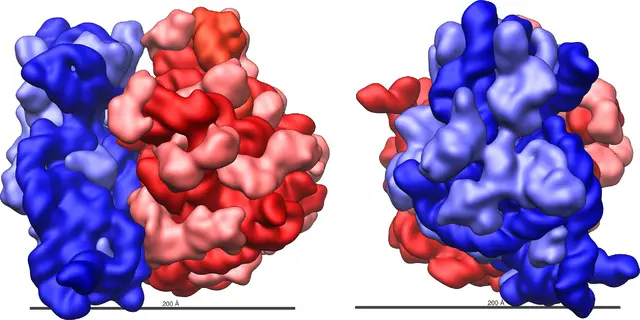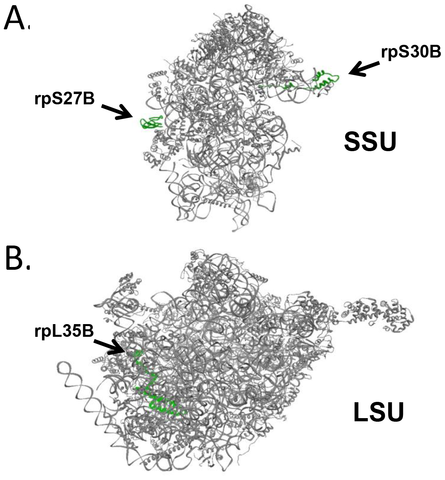What are ribosomes?
The majority of cells have components such as a cell membrane, cytoplasm, and a nucleus, as mentioned above, plus mitochondria, ribosomes, and lysosomes.
The structures that exist inside the cell, such as the nucleus, mitochondria, ribosomes, and lysosomes are called organelles.
Ribosomes generate proteins from the DNA in the nucleus to help the cell function. Ribosomes that exist in the cytoplasm of the cell are created in the nucleolus.
They can be compared to small factories of the cell, and their job is to create proteins for use throughout the cell’s functioning.
Once ribosomes are created in the nucleolus, they can be transported so that they are stored in the cytoplasm of the cell. They can also attach themselves to the cell membrane, where they can create the proteins that make up the structures of the cell membrane.

Unlike nuclei, ribosomes can be found in both prokaryotic cells and eukaryotic cells.
What is the structure of a ribosome?
There are two main parts of a ribosome: there is a component called the large subunit, and a component called the small subunit. The large subunit of a ribosome is important in the creation of new proteins, and it’s the site where protein bonds are made.
The small subunit of a ribosome is only slightly smaller than the large subunit in reality, but its primary function is to help information flow during the synthesis (creation) of new proteins.

How do ribosomes make proteins?
The primary function of a ribosome is the creation of new proteins, a process called protein synthesis. There are hundreds or even thousands of different types of proteins that the cells need for their various functions, and ribosomes are responsible for making all of them as needed.
To make each kind of protein when it is needed, the ribosomes need a specific list of instructions. This list comes from the RNA, or the genetic material that comes from DNA. There are codes written in the RNA for each protein, so that the ribosomes can make the right ones.
There are two processes involved in protein synthesis. One is called transcription, and the other is called translation. Ribosomes are specifically responsible for the translation step of protein synthesis.

What is translation?
In the translational step of protein synthesis, the ribosomes take the list of protein making instructions from the RNA to create new proteins for cell use. The first step is the two subunits of the ribosomes, the small and large subunits, joining with the RNA.
Then, the ribosome identifies the starting position of the coded list of instructions in the RNA, called a codon. Next, the ribosome continues processes each section of the RNA, learning which amino acids must be linked together to form the protein.
Amino acids are the building blocks of proteins, and they are listed in groups in DNA and RNA. Once the ribosome finishes linking together the appropriate amino acids in the protein building process, it will reach a “stop” signal in the RNA, similar to the “start” signal found.
Questions:
- Where are ribosomes found in the cell?
- What is the primary function of ribosomes?
- What are the two main parts of a ribosome?
- What is protein synthesis?
- Which step of protein synthesis does a ribosome do?
Answers:
- Ribosomes are found in the cytoplasm or attached to the cell membrane.
- The primary function of a ribosome is create proteins.
- The two main parts of a ribosome are the large subunit and small subunit.
- Protein synthesis is the creation of new proteins.
- Ribosomes engage in the translation step of protein synthesis.